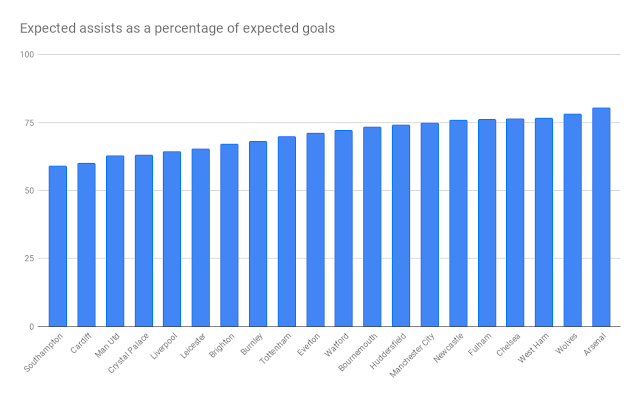Ligue 1 and Ligue 2 Free transfer XI
My French league scouting has continued unabashed this week. There just seem to be an incredible amount of talented players at the moment. I've put together a free transfer XI of young talents from Ligue 1 and 2. I've left out the likes of Rabiot because they aren't realistic targets for Championship / lower Premier League clubs. Instead, I have a list of high potential young players who would probably be open to offers from teams at that level and whose wages would be affordable. GK - Abdoulaye Diallo Diallo, 26, is your classic reserve goalkeeper. He has been with Rennes his whole career, but with two long loan spells, one with Le Havre and one in Turkey. He is a full international with 17 caps for Senegal after a youth international career with France. He tends to play European and cup games for Rennes. A thigh injury has ruled him out at the moment, which is unfortunate timing with his contract set to end. RB -Patrick Burner Buner, a 22 year old, attacking rig...




